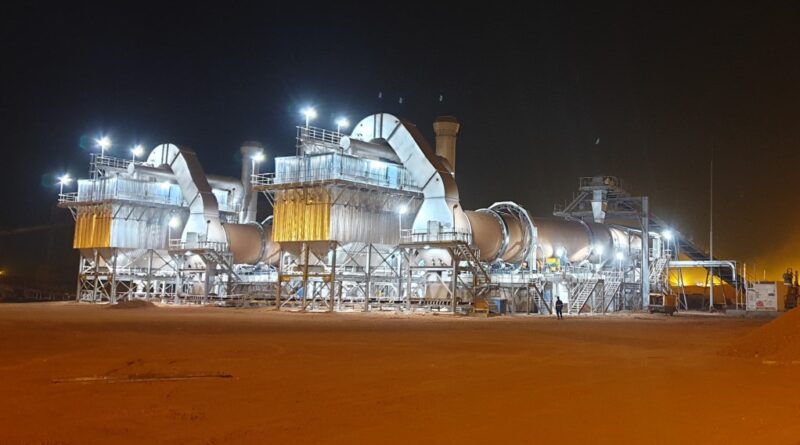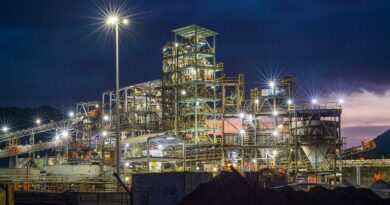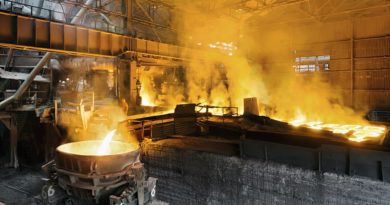Mining and metals: an industry at a junction
Assuming a smooth economic recovery in 2021, supply has not yet fully adjusted to a lower demand trajectory and unless the necessary correction is forthcoming the ramifications are obvious. But even as China emerges phoenix-like from the still-smouldering recessionary ashes it’s clear that the absolute level of global economic activity has contracted.
There is concern that the gold industry will not be able to deliver enough supply to capitalise on the current buoyant prices following a decade of underinvestment in exploration and development. But there is a positive story on the horizon. Governments are using their stimulus packages to either kick-start or accelerate their decarbonisation journeys.
Europe is leading the “green” charge, closely followed by China while the US retreats further from global environmental leadership. One can argue about both the pace and scale of the energy transition but, put simply, the energy transition starts and ends with metals. If you want to generate, transmit or store low/no-carbon energy you need aluminium, cobalt, copper, nickel and lithium.
Major investment is needed over the next 15 years in those five key commodities – double what was invested over the preceding 15. Understandably, investors are not totally convinced that the road to recovery is assured or of the sunlit uplands that the energy transition represents.
Long-dated returns from investing in mining/processing sit uneasily against the need for certainty of regular dividend payments. This severely hampers the ability of boards to undertake the long-term decisions needed to develop the supply that high-growth energy transition related commodities demand.
This poses challenges – and not just for the consumers of these metals who will rely on predictable, affordable and, for some, ethically-sourced supply. If producers cannot meet their consumers’ needs a time will surely come where they find ways to innovate out such unreliable raw components of their supply chain.
Elon Musk appears to have fired the first salvo in the discussion around the need for vertical integration to secure critical minerals. The implications of his promise of a “giant contract” to companies that could mine nickel “efficiently and in an environmentally sensitive way” are clear.
China has not stood idly by over the last 20 years and continues to forge ahead in its mission to secure its raw material supply chain. This was both a pragmatic and visionary move that is ultimately aimed at reducing its reliance on non-controllable imports.
China, of course, has the advantage of a greater appetite for risk and lower returns, and is also willing to operate in jurisdictions that many western companies cannot or will not due to ESG and sovereign risk issues.
But the energy transition is not just a supply story. Producers are becoming increasingly carbon-conscious, with many setting targets for net-zero carbon. There have been several high-profile majors offloading their high carbon assets, and/or acquiring low carbon replacements.
The green agenda will have a profound impact on the way these companies extract and refine metals, with lower carbon operations an increasing priority. This, in part, explains the resurgence of interest in the collection and the use of scrap. Increasing our reliance on secondary metal will help meet sustainability goals, reduce capital demands as well as reducing the carbon footprint of production.
However, scrap collection and sorting remains problematic and secondary metal cannot be used in a number of the applications driving the energy transition – such as electricity cabling and wire that require primary metal.
Carbon-free green energy procurement and generation is to the fore and portfolio optimisation is a must-have on any board agenda now. It feels like the tipping point is imminent and we expect carbon to become a non-negotiable component of any AGM, just as safety did in the 1990s.
And so the industry finds itself at a crossroads it has been at before. The short-term outlook is generally poor with deteriorating market fundamentals – albeit as a result of a global pandemic, rather than an overexuberant investment in supply.
Miners are adept at juggling conflicting demands. The question is whether they are adept enough to manage this perfect storm of problems and opportunities.




